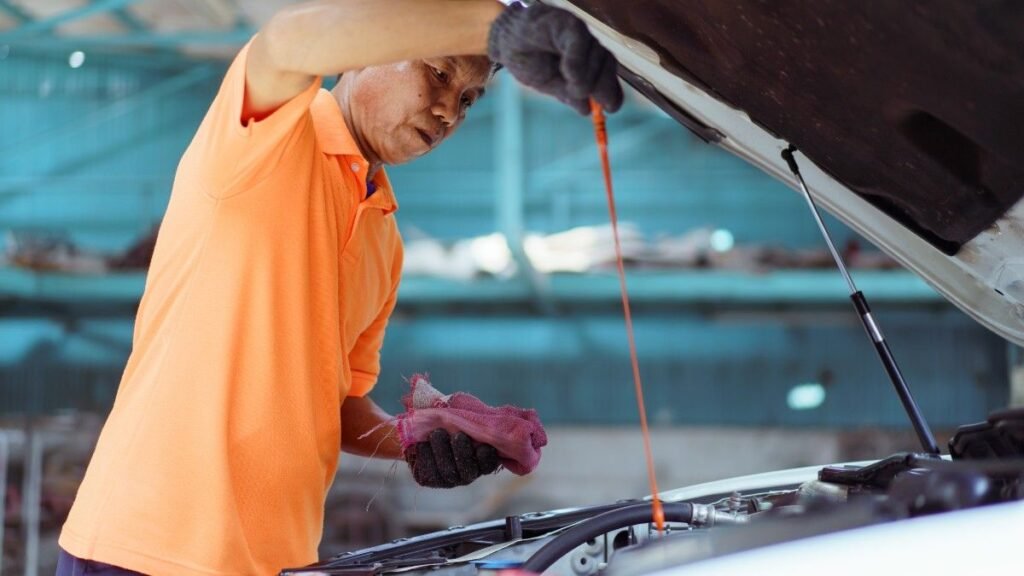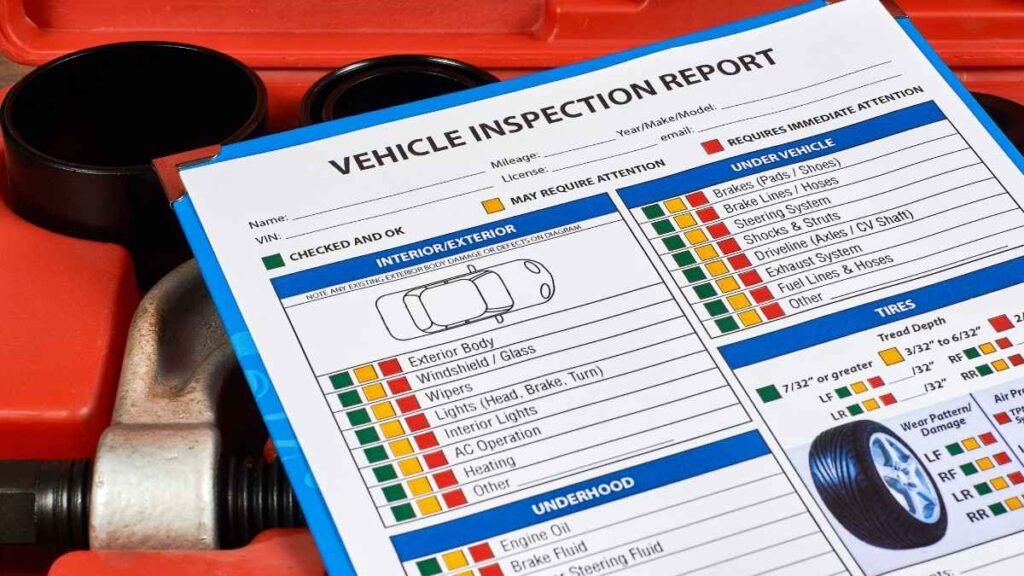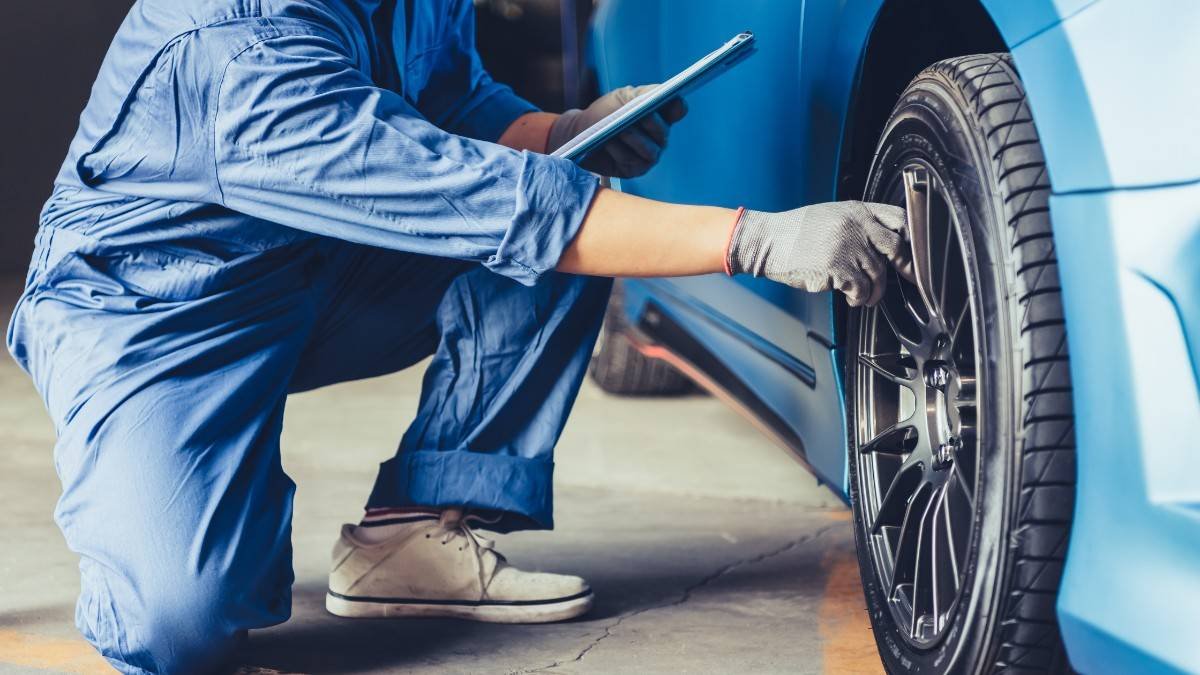Buying a car is a significant investment, whether it’s a brand-new model or a used vehicle. The excitement of finding the perfect car can sometimes overshadow the need for due diligence. One crucial step that buyers often overlook is the pre-purchase vehicle inspection. Skipping this process can lead to unexpected costs, safety concerns, and even legal troubles. To help you avoid making mistakes that cost a lot of money, this article will explain what a pre-purchase inspection (PPI) is and why it is important.
What Is a Pre-Purchase Vehicle Inspection?
A pre-purchase vehicle inspection is a comprehensive evaluation performed by a professional mechanic or inspection service before buying a car. It includes an in-depth check of the vehicle’s mechanical, structural, and cosmetic condition. The goal is to identify any underlying issues that may not be immediately visible to an untrained eye.
The Importance of a Pre-Purchase Inspection
1. Uncover Hidden Mechanical Issues
Many mechanical problems are not obvious during a test drive. A trained mechanic can spot issues with the engine, transmission, brakes, and suspension that might lead to costly repairs in the future. Identifying these problems before purchase gives you the leverage to negotiate a better price or avoid buying a defective vehicle altogether.
2. Ensure Vehicle Safety
Purchasing a car should always first concern safety. Faulty brakes, worn-out tires, leaking fluids, or structural damage can put you and others at risk. A PPI helps detect these concerns so you can make an informed decision and ensure your car is safe to drive.
3. Prevent Financial Losses
Purchasing a car without an inspection can lead to unexpected expenses down the road. Minor defects might seem insignificant at first, but they can turn into expensive repairs later. A thorough analysis helps you avoid buying a vehicle that could drain your finances with constant repairs and maintenance.
4. Verify the Vehicle’s History
A vehicle history report can provide valuable information, but it doesn’t always tell the whole story. A professional inspection can uncover signs of previous accidents, flood damage, or poor maintenance, ensuring that you don’t end up with a lemon.
5. Stronger Negotiation Power
If an inspection reveals minor issues, you can use this as a bargaining tool to negotiate a lower price. Many sellers are willing to adjust the price or fix the issues to close the deal. Without this process, you lose this advantage and may overpay for a car with hidden defects.

What Does a Pre-Purchase Inspection Include?
A standard pre-purchase inspection covers several key aspects of the vehicle, including:
1. Exterior and Body Condition
- Signs of rust, dents, or scratches
- Paint consistency and possible repainting (indicating past repairs)
- Condition of headlights, taillights, and other external components
2. Interior Condition
- Functionality of controls, air conditioning, and infotainment system
- Seat condition and upholstery damage
- Airbag deployment status
3. Under the Hood Inspection
- Engine performance and leaks
- Battery condition
- Belt and hose wear and tear
- Transmission fluid, coolant, and oil levels
4. Suspension and Brake System
- Condition of brakes, pads, and rotors
- Shock absorbers and suspension components
- Alignment and steering responsiveness
5. Tires and Wheels
- Tire tread depth and wear pattern
- Alignment and balance
- Condition of rims and potential cracks
6. Computer Diagnostic Scan
Many modern vehicles come with onboard diagnostics that can reveal engine or system errors. A professional inspection includes scanning for fault codes that might indicate deeper issues.

How to Get a Pre-Purchase Inspection
1. Choose a Trusted Mechanic or Inspection Service
Opt for a certified mechanic or a professional inspection service that specializes in pre-purchase evaluations. Mobile inspection services are also available, where mechanics come to the seller’s location for added convenience.
2. Coordinate with the Seller
Inform the seller about the analysis and arrange a convenient time. Most reputable sellers will be open to this request. If a seller refuses, consider it a red flag.
3. Review the Inspection Report
Once the inspection is complete, carefully review the report. Understand the findings and discuss potential repair costs with the mechanic to assess if the vehicle is worth purchasing.

Common Myths About Pre-Purchase Inspections
1. “The Car Looks Fine, So It Must Be in Good Condition”
Many vehicle problems are internal and not visible to the naked eye. A car that looks great on the outside could have serious mechanical issues under the hood.
2. “It’s a Certified Pre-Owned Car, So I Don’t Need an Inspection”
Even certified pre-owned (CPO) vehicles can have hidden defects. Dealerships perform inspections, but having an independent check adds an extra layer of security.
3. “I’m Buying from a Friend or Family Member, So I Trust the Car”
Even well-meaning sellers may not be aware of hidden problems. An inspection ensures that there are no surprises down the road.
4. “The Car Is Still Under Warranty, So It Doesn’t Matter”
A warranty may cover some repairs, but it doesn’t guarantee a problem-free vehicle. This helps you avoid cars that may need frequent warranty claims.
Final Thoughts
Skipping a pre-purchase vehicle inspection is a risky decision that could cost you time, money, and peace of mind. Whether you’re buying from a dealership, a private seller, or even a close friend, an inspection ensures that you make a smart, informed purchase. It helps uncover hidden issues, enhances safety, and gives you the power to negotiate a fair deal.

